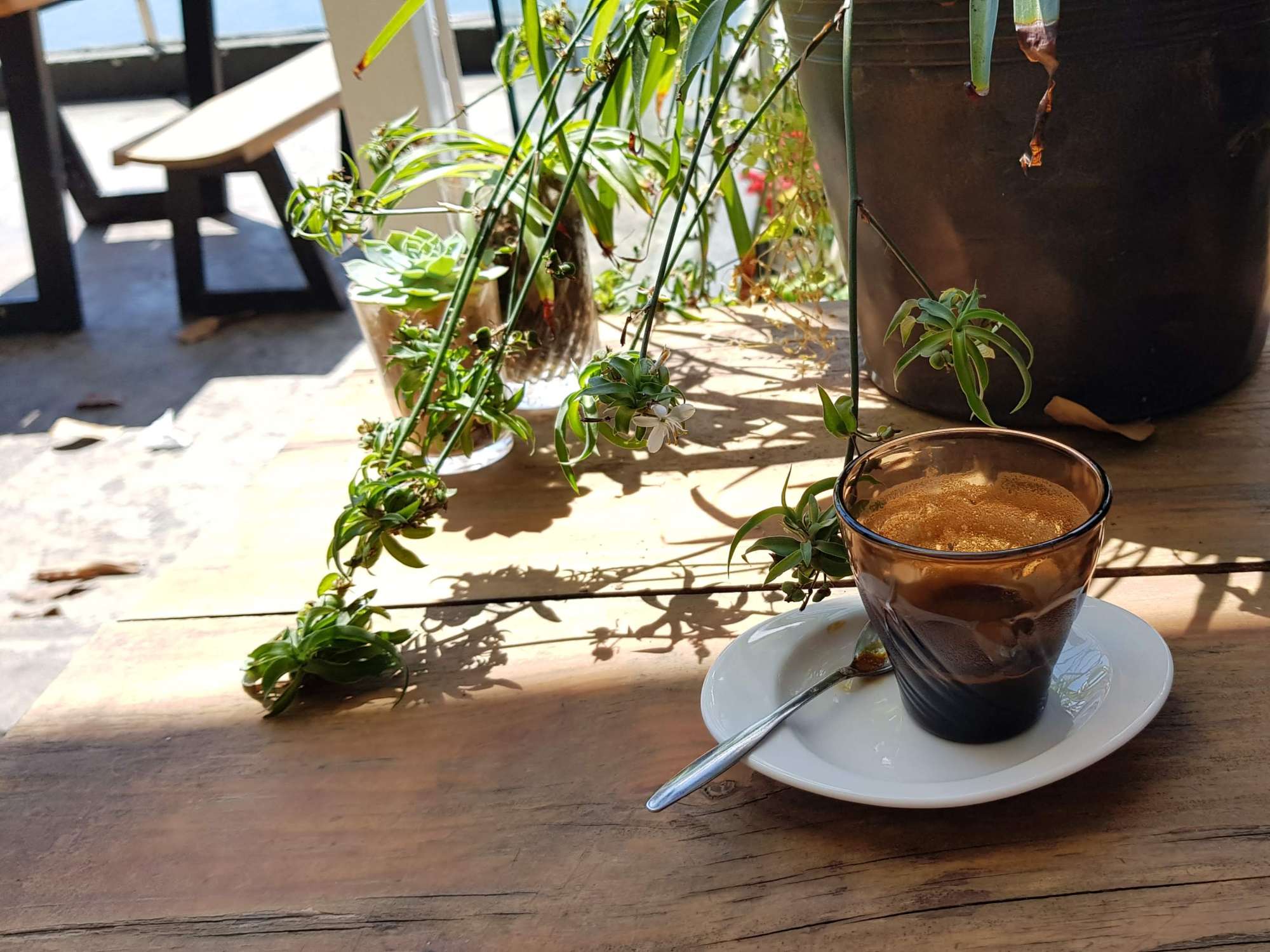Coffee
Coffee
Perhaps most coffee lovers often reach for their favorite coffee every morning without thinking about its health benefits or risks.
This beverage has been the subject of a long history of debate. In 1991, coffee was included in a list of possible carcinogens by the World Health Organization. By 2016 it was exonerated, as research found that the beverage was not associated with an increased risk of cancer; on the contrary, there was a decreased risk of certain cancers among those who drink coffee regularly once smoking history was properly accounted for. Additional accumulating research suggests that when consumed in moderation, coffee can be considered a healthy beverage. It is the reason that in 2018, U.S. state pass legislation that coffee must bear a cancer warning label.

CAFFEIN
One 8 ounce about 236.588 ml cup of brewed coffee contains about 95mg of caffeine. A moderate amount of coffee is generally defined as 3-5 cups a day, or on average 400 mg of caffeine, according to the Dietary Guidelines for Americans.
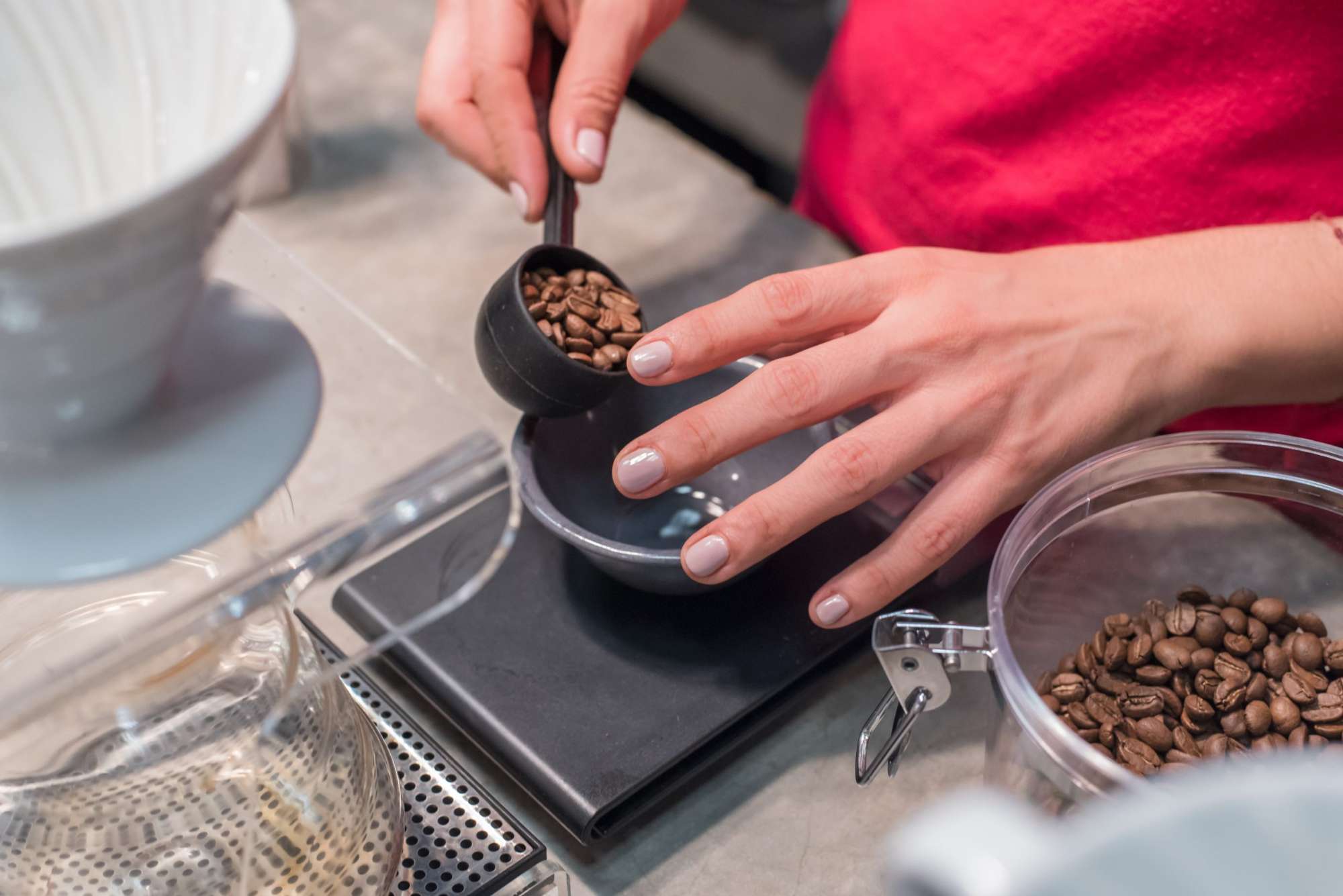
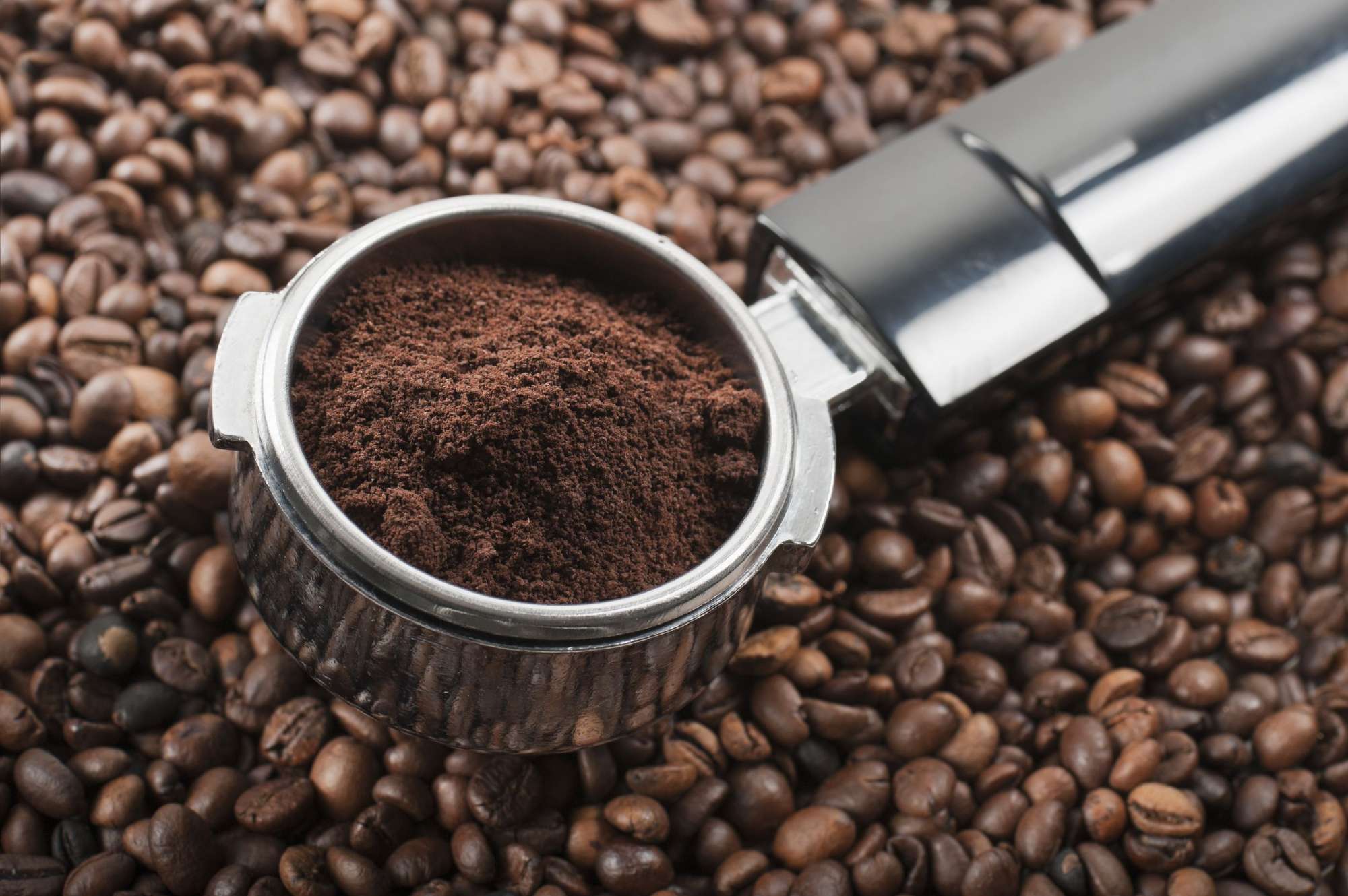
CALORIES IN COFFEE DRINKS
A plain “black” cup of coffee is a very low calorie drink - 8 ounces about 236.588 ml, only contains 2 calories. However, adding sugar, cream, and milk can quickly bump up the calorie counts. A tablespoon of cream contains 52 calories, and a tablespoon of whole milk contains 9 calories. While 9 calories isn’t a lot, milk is often poured into coffee without measuring, so you may be getting several servings of milk or cream in your coffee. A tablespoon of sugar contains 48 calories, so if you take your coffee with cream and sugar, you’re adding over 100 extra calories to your daily cup.
However, the real caloric danger occurs in specialty mochas, lattes, or blended ice coffee drinks. These drinks are often super-sized and can contain anywhere from 200-500 calories, as well as an extremely large amount of sugar. With these drinks, it’s best to enjoy them as a treat or dessert, and stick with plain, minimally sweetened coffee on a regular basis.

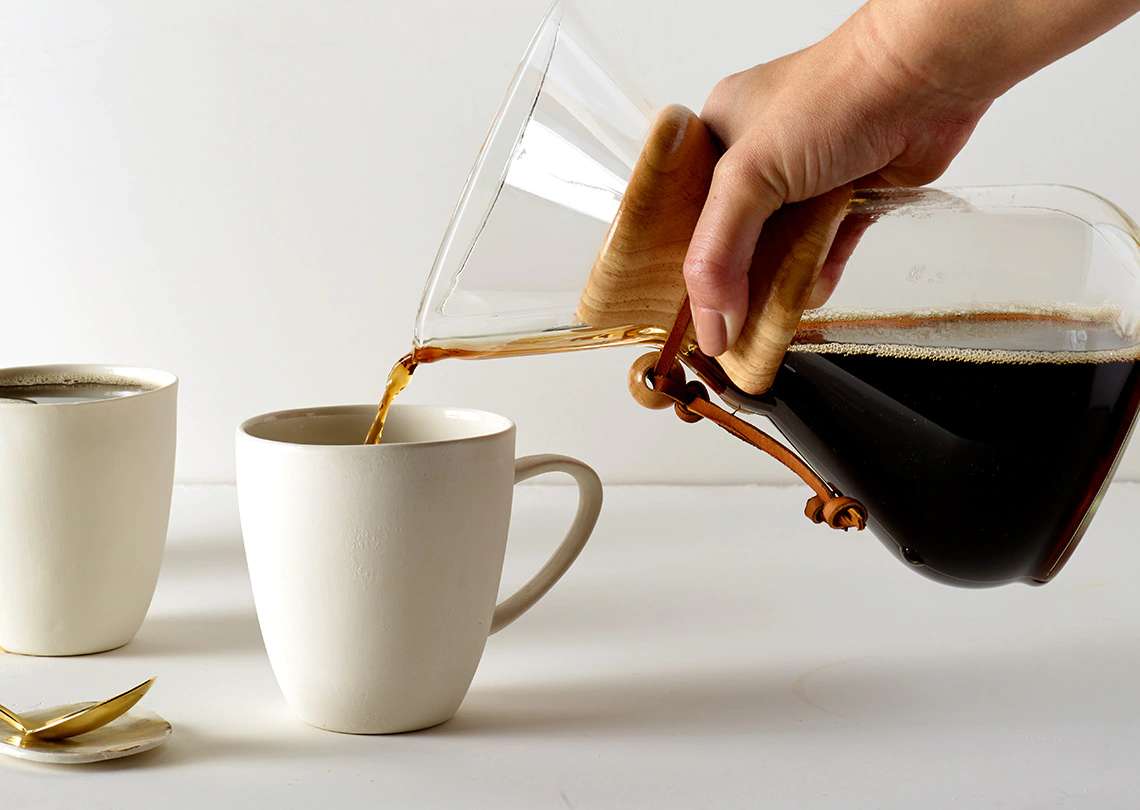
TYPES OF COFFEE
Coffee beans are the seeds of a fruit called a coffee cherry. Coffee cherries grow on coffee trees from a genus of plants called Coffea. There are a wide variety of species of coffee plants, ranging from shrubs to trees.
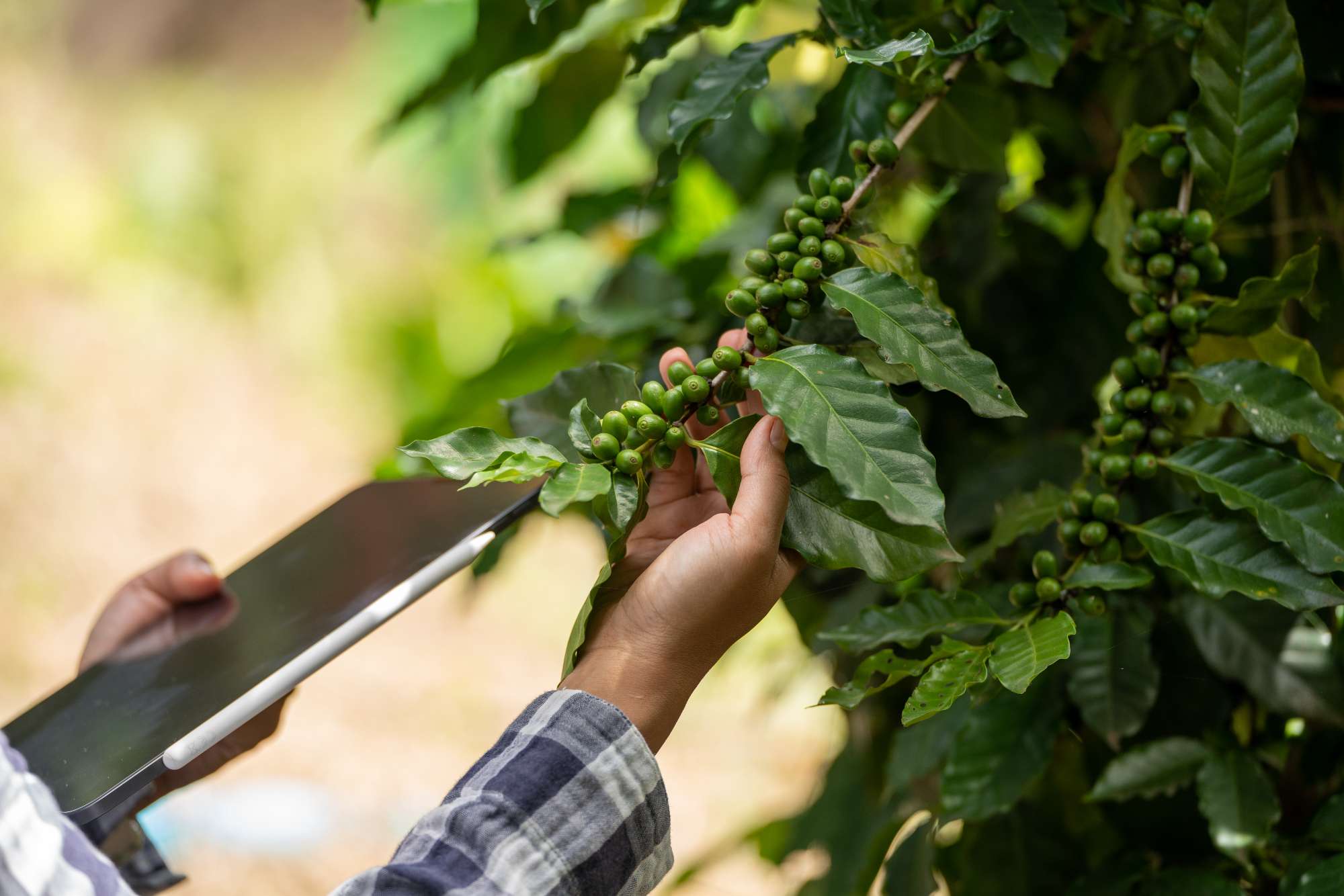
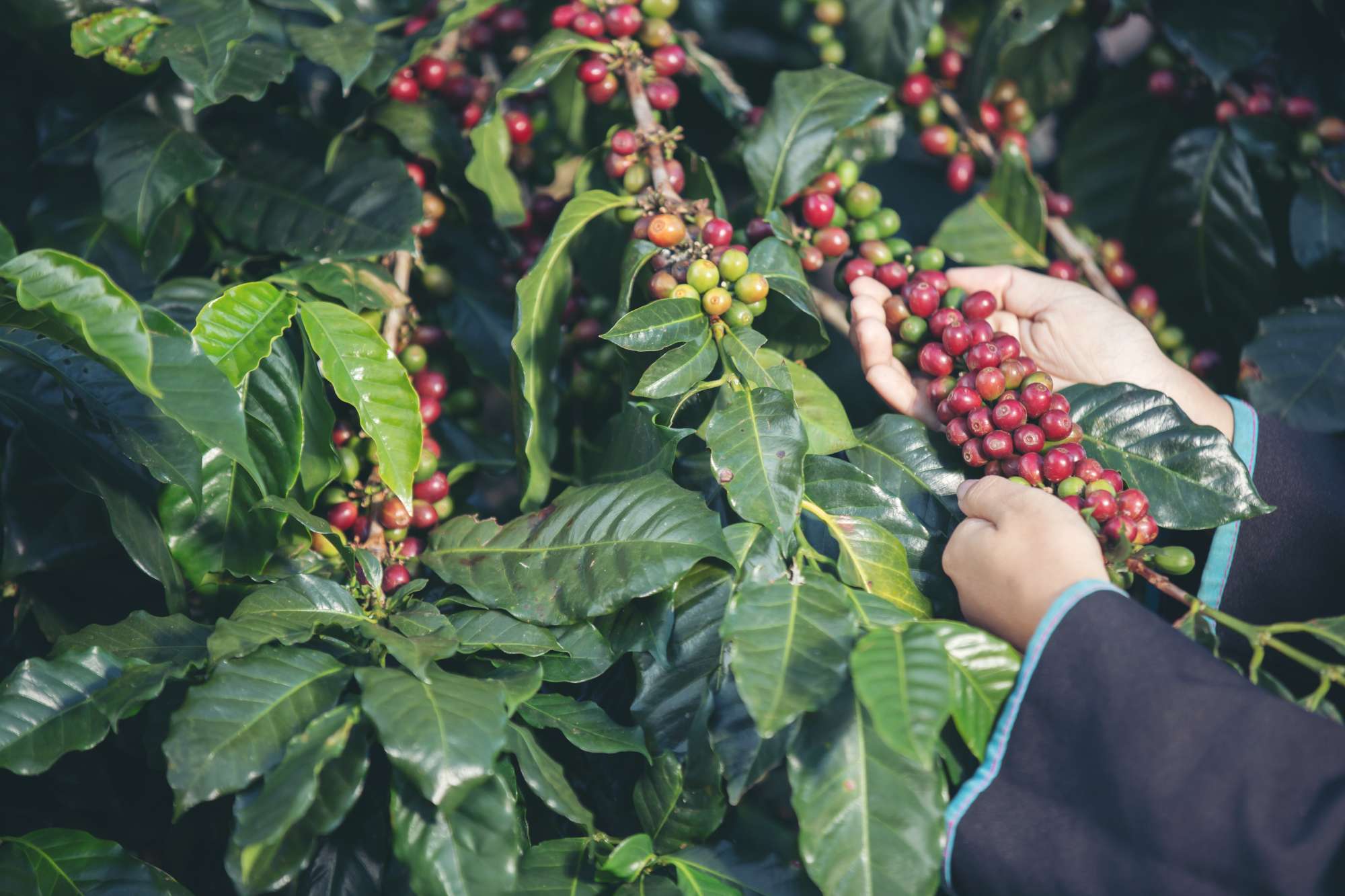
Type of bean
There are two main types of coffee species, Arabica and Robusta. Arabica originates from Ethiopia and produces a mild, flavorful tasting coffee. It is the most popular type worldwide. However, it is expensive to grow because the Arabica plant is sensitive to the environment, requiring shade, humidity, and steady temperatures between 60-75 degrees Fahrenheit. The Robusta coffee plant is more economical to grow because it is resistant to disease and survives in a wider range of temperatures between 65-97 degrees Fahrenheit. It can also withstand harsh climate changes such as variations in rainfall and strong sunlight.
Type of roast
Coffee beans start out green. They are roasted at a high heat to produce a chemical change that releases the rich aroma and flavor that we associate with coffee. They are then cooled and ground for brewing. Roasting levels range from light to medium to dark. The lighter the roast, the lighter the color and roasted flavor and the higher its acidity. Dark roasts produce a black bean with little acidity and a bitter roasted flavor. The popular French roast is medium-dark.
Type of grind
A medium grind is the most common and used for automatic drip coffee makers. A fine grind is used for deeper flavors like espresso, which releases the oils, and a coarse grind is used in coffee presses.
Decaffeinated coffee
This is an option for those who experience unpleasant side effects from caffeine. The two most common methods used to remove caffeine from coffee is to apply chemical solvents (methylene chloride or ethyl acetate) or carbon dioxide gas. Both are applied to steamed or soaked beans, which are then allowed to dry. The solvents bind to caffeine and both evaporate when the beans are rinsed and/or dried. According to U.S. regulations, at least 97% of the caffeine must be removed to carry the decaffeinated label, so there may be trace residual amounts of caffeine. Both methods may cause some loss of flavor as other naturally occurring chemicals in coffee beans that impart their unique flavor and scent may be destroyed during processing.
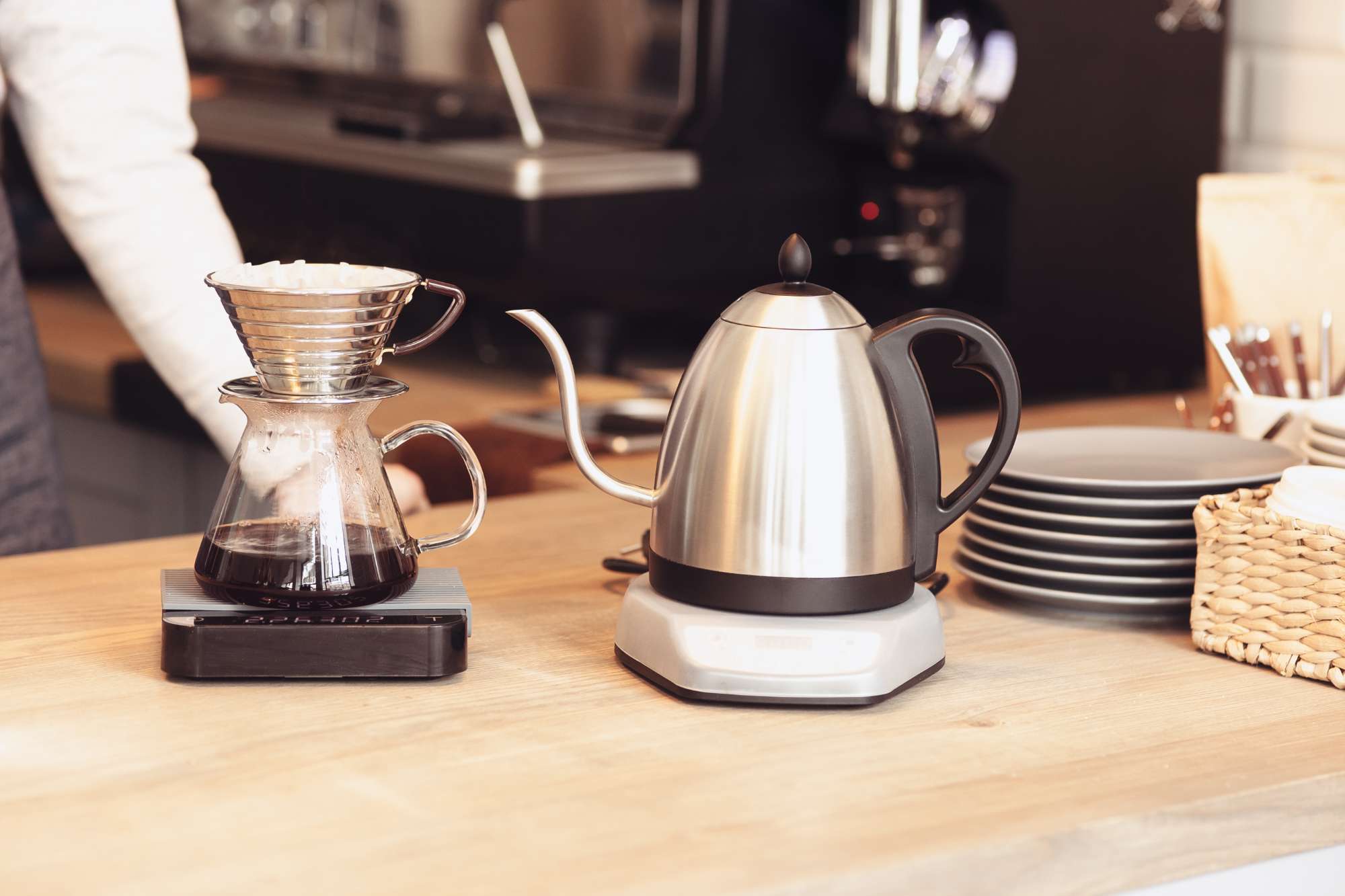
Compiled and penned by Crocus Media
Products

Robusta mix with Arabica
The coffee which blends according to the ratio of 50 Robusta : 50 Arabica, is the perfect combination between the mild sourness, mild bitterness of Arabica and the characteristic bitter, fatty taste of Robusta. The aroma of Arabica when combined with the richness of Robusta will create a great flavor that captivates people.
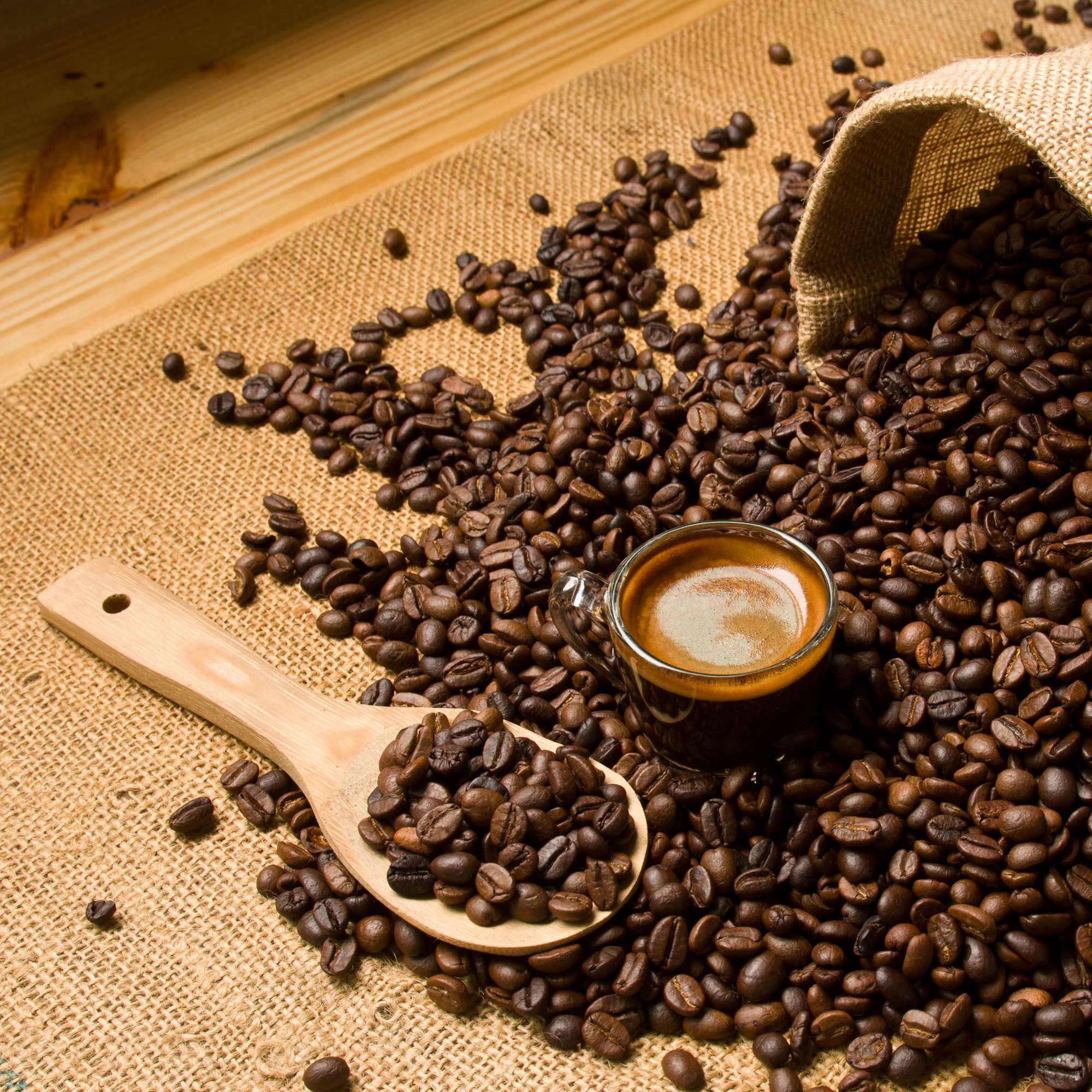
Robusta coffee
Robusta coffee has its origins in the central and western sub-Saharan Africa. It is the second most popular coffee in the world representing between 40% and 45% of global coffee production. Robusta coffee has a bitter flavor of dark chocolate, almonds and whiskey with a peanutty aftertaste.
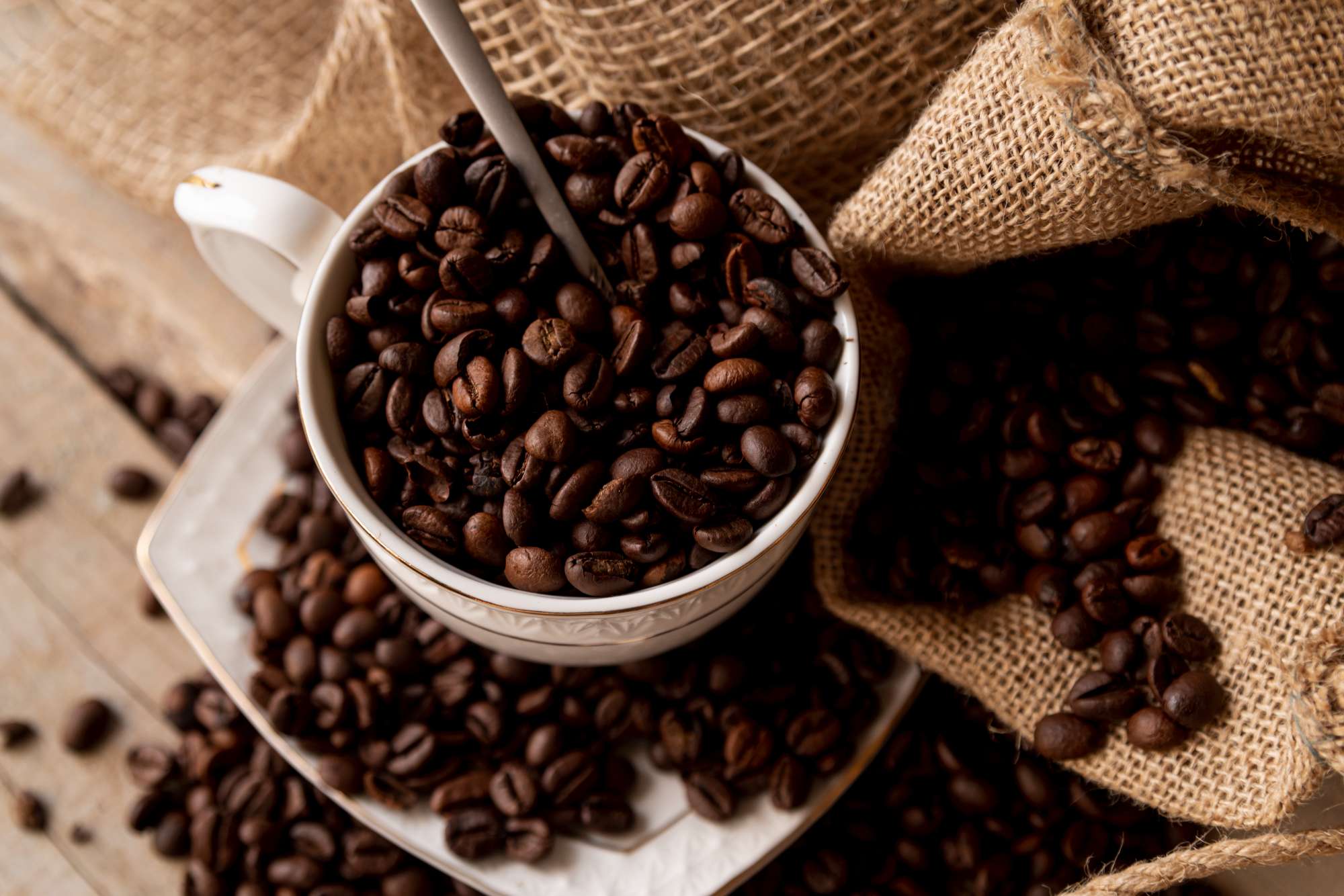
Arabica coffee
Arabica, which originates from the forests of Southern Ethiopia and Yemen, is by far the most popular coffee in the world with the total output accounting for more than 60%. Arabica beans have different flavors depending on the region, it can be sweet with a fruity flavor but can also have a grainy or nutty flavor.
